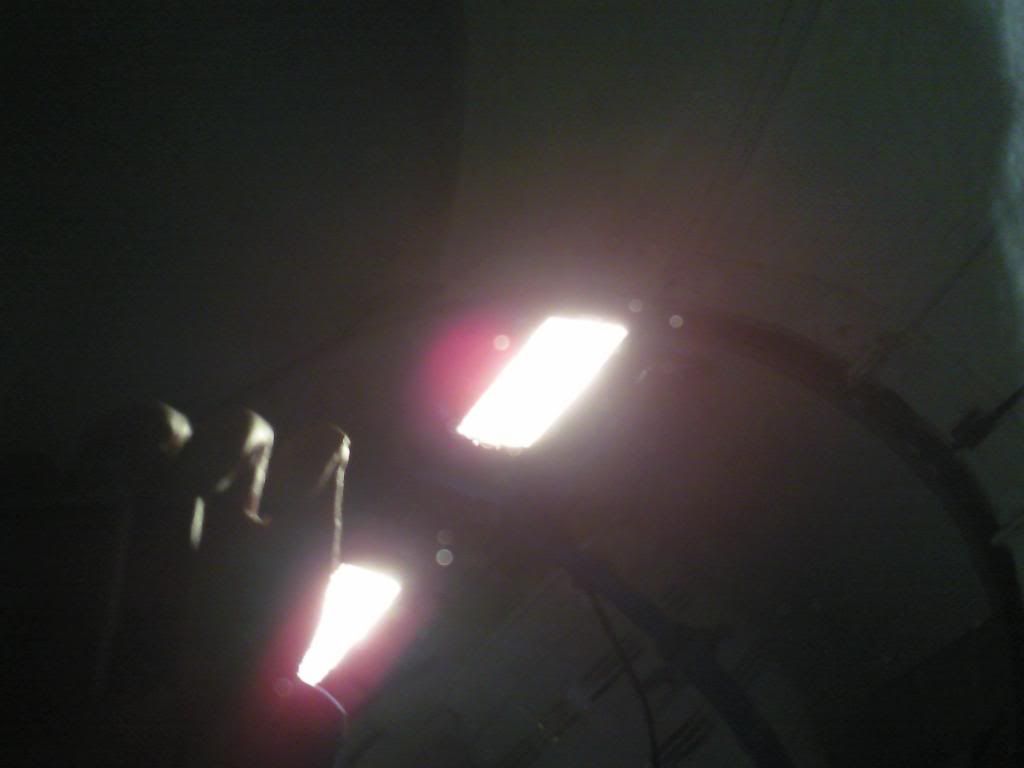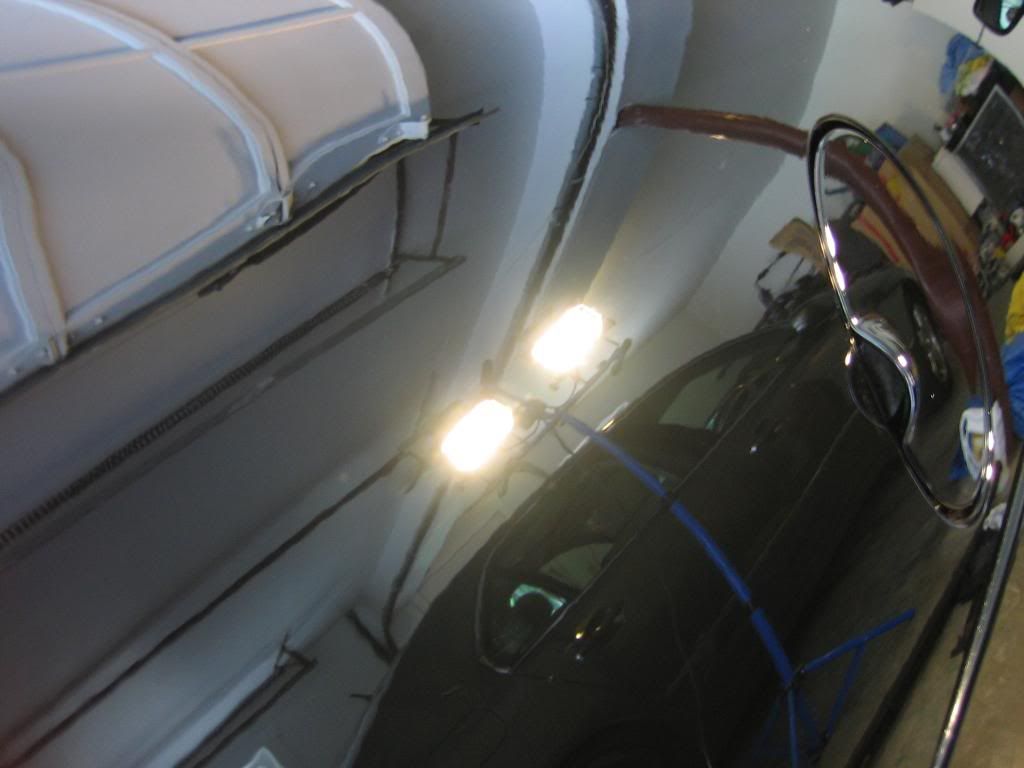christian900se
New member
- Apr 22, 2008
- 827
- 0
- Thread starter
- #41
So I have decided to take the jump and order a Flex LK603VVB. I feel like I have out grown the PC, and am looking to take the next step in correction. I have been doing some extensive reading on some very detailed rotary guides and have a few questions:
-How do those of you using rotaries deal with rounded body panels like fenders or curves?
-Should I just use the weight of the polisher for the majority of correction?
Thanks in advance!
-How do those of you using rotaries deal with rounded body panels like fenders or curves?
-Should I just use the weight of the polisher for the majority of correction?
Thanks in advance!


